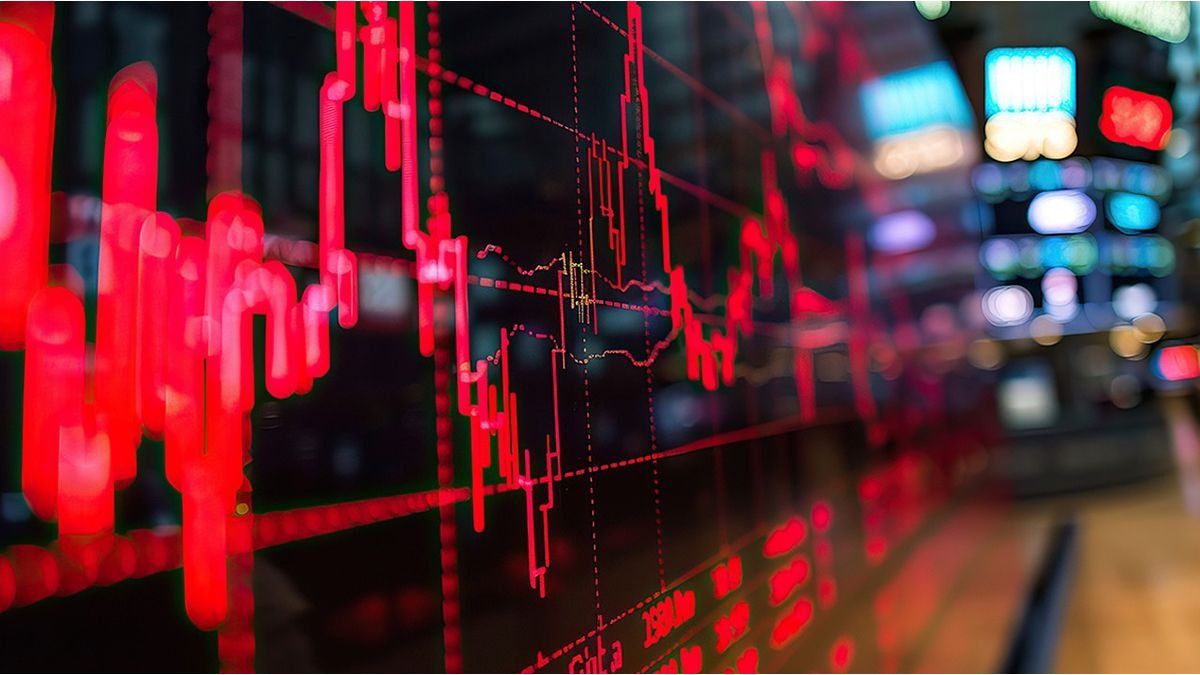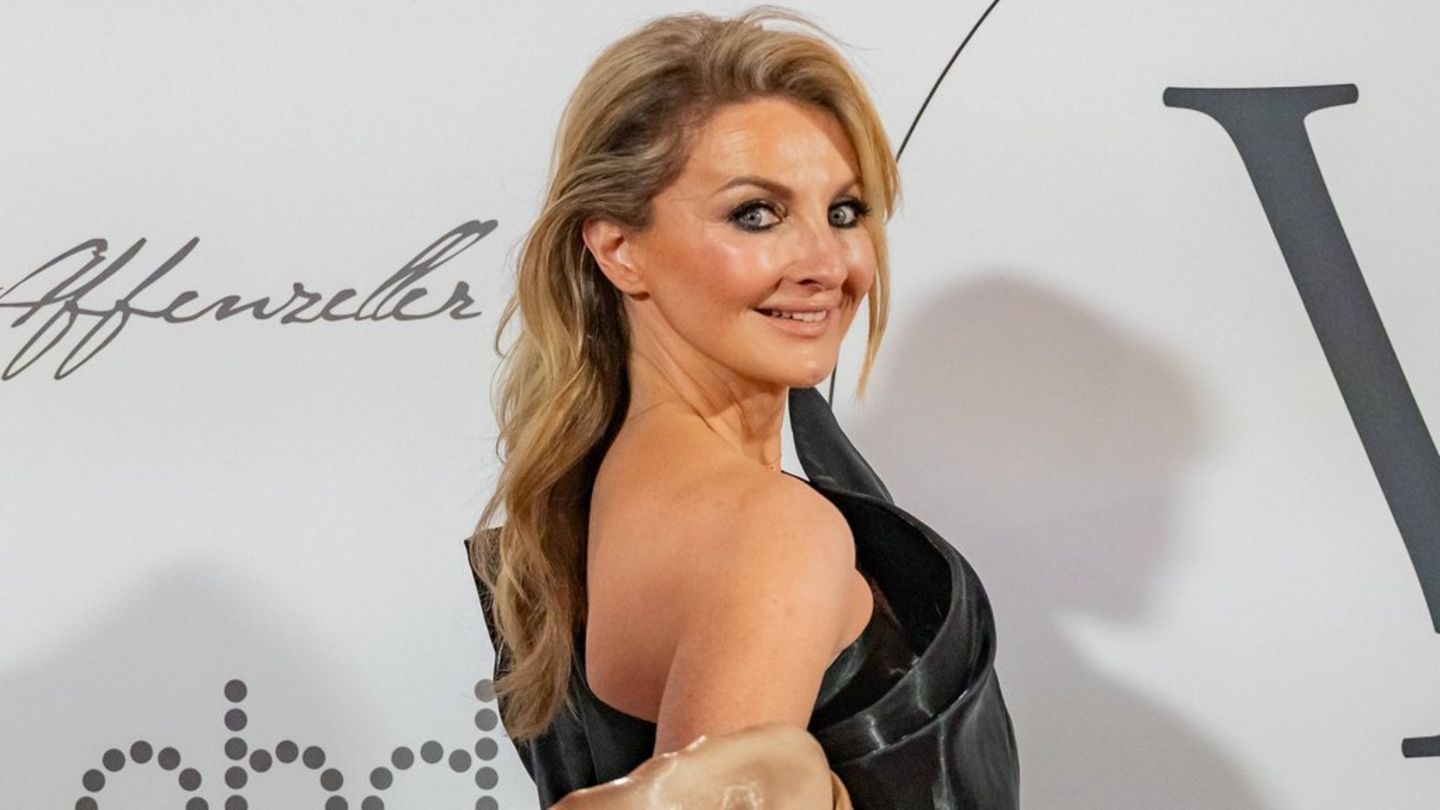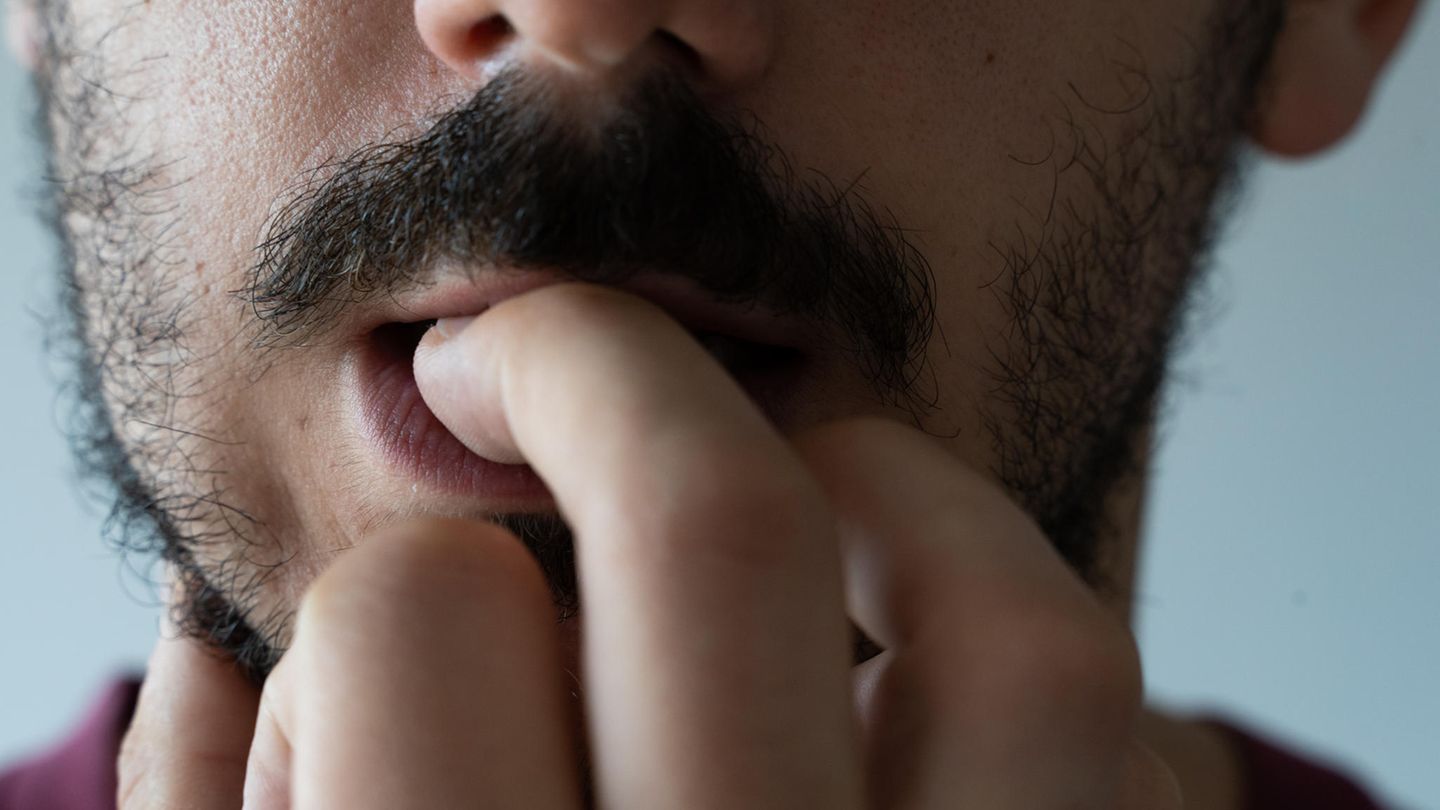The Royal Swedish Academy of Sciences awarded the 2024 Nobel Prize in Physics on Tuesday to scientists John Hopfield and Geoffrey Hinton for their research on artificial intelligence (AI). “This year we reward machine learning” was the argument of the jury at the award ceremony. In addition to the prestigious recognition, the winners will receive a sum that exceeds 800,000 euros.
Hopfield and HInton’s work achieved “fundamental discoveries and inventions that enable machine learning with artificial neural networks” they highlighted.
“Both have used physics tools to develop methods that are the basis of today’s powerful machine learning,” the jury noted in its ruling.
Nobel Prize in Physics recognizes the godfathers of artificial intelligence
The work of the two winners allowed us to know what is known today about artificial intelligence through artificial neural networks.
A work that Hopfield began in the 1980s, when he invented a network to save and recreate patterns. System, named after his last name, that was capable of receiving a distorted image and, through training, being able to find another one that was most similar to it in its database and, furthermore, with the least possible expense.
Years later, Hinton took Hopfield’s method to another level to develop a new network under the novel Boltzmann machine. With this system, explains the Nobel Physics jury, neural networks are capable of learning to recognize characteristic elements in a certain type of data.
Subscribe and enjoy an experience without limits. Find out the news that matters, stay up to date with the latest events and delve into current affairs analysis. Enjoy unlimited access to our sections from any device.
The system developed by this British researcher is capable of classifying images or creating new patterns that he was taught about. “This helped start the current explosive development of machine learning,” recalled the Royal Swedish Academy of Sciences. «The work of the winners has already been very useful. In physics, we use artificial neural networks in a wide range of areas, such as in the development of new materials with specific properties,” said Ellen Moons, chair of the Nobel Committee for Physics.
AI like the human brain
“They are pioneers in neural networks and artificial intelligence,” said Carles Sierra, research professor and director of the Artificial Intelligence Research Institute (IIIA) of the CSIC, and adjunct professor at Western Sydney University, in statements collected by SMC Spain.
The findings made by both laid the foundations that allow machines to learn and that has led to the creation of today’s great language models, such as ChatGPT and other chatbots that have changed the world.
News in development.-
Source: Ambito




